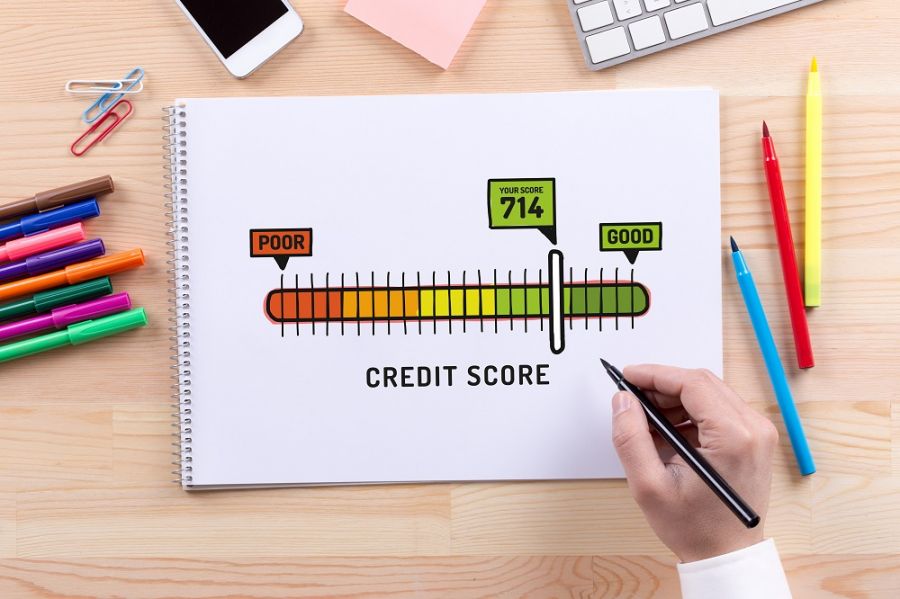Manage Your Debt - Let's Explore Your Options
GET STARTED NOWKeeping Up with the New FICO Score

With the upcoming and much anticipated release of the new FICO 10 Suite of credit scores we thought that now would be a great time to provide a quick overview of the changes. We are also going to give a quick comparison of how credit scores work and the most important factors in those all important numbers.
Understanding that credit reports and credit scores are two separate products is important to ensuring we take the right steps when managing credit. These, along with our income, are the primary tools lenders use to make credit granting decisions. The three major credit reporting bureaus are:
Equifax,
Experian, and
TransUnion.
Each report may be slightly different, and some credit accounts may not be reported to every credit bureau. These variations may influence the scores obtained by a lender and impact someone's ability to qualify for a loan. This is where credit reports and scores get tricky.
There are numerous credit scores that may be applied to a credit report. A sampling of some scoring models is shown in the chart below. Each of those scores is calculated using a unique algorithm (a process or set of rules to be followed in calculations or other problem-solving operations, especially by a computer). This chart shows how certain types of debts may have more or less of an impact on a score.
FICO scores also vary by the type of lender using the score. For instance, for FICO 8, there is an auto lending score, credit card score and a standard version of the score.
The new FICO 10 Suite (FICO 10 and FICO 10T) are poised to close a loophole on artificially increasing a credit score. In the past, if someone consolidated credit card debt into a loan, that consolidation would clear their credit cards and cause an increase in their credit score by decreasing the debt-to-credit limit ratio.
The FICO 10 Suite takes a hard look at personal loans and new credit cards (think “balance transfers”). The 10T looks at what happens to a person’s debt level over a 24-month period. An increasing debt level can mean a decreasing score.
Additionally, for the FICO 10 Suite, recently missed payments will have a bigger impact on scores than in previous versions. However, if someone missed a payment over a year ago, they may see an increase in their credit score on the new FICO model because of the time that has elapsed.
All the little nuances of the scores can feel confusing and make managing our credit reports and scores seem complicated. No matter the scoring model, there are two things that make the most impact on any score.
1. Making all payments on time. A good payment history is the most important factor of any score.
2. Keeping balances on credit cards low. If you are using credit cards, those balances should be no more than 30% of the available credit limit - the lower the balance the better. In fact, you do not have to carry a balance at all.
Also, avoid taking on new loans or credit cards to pay off existing debt. Instead, focus on eliminating the debt by making larger payments. Consider using a snowball or avalanche method for getting out of debt or contact American Financial Solutions, a non-profit credit counseling agency, to develop a debt management plan.
Published Mar 10, 2020.
